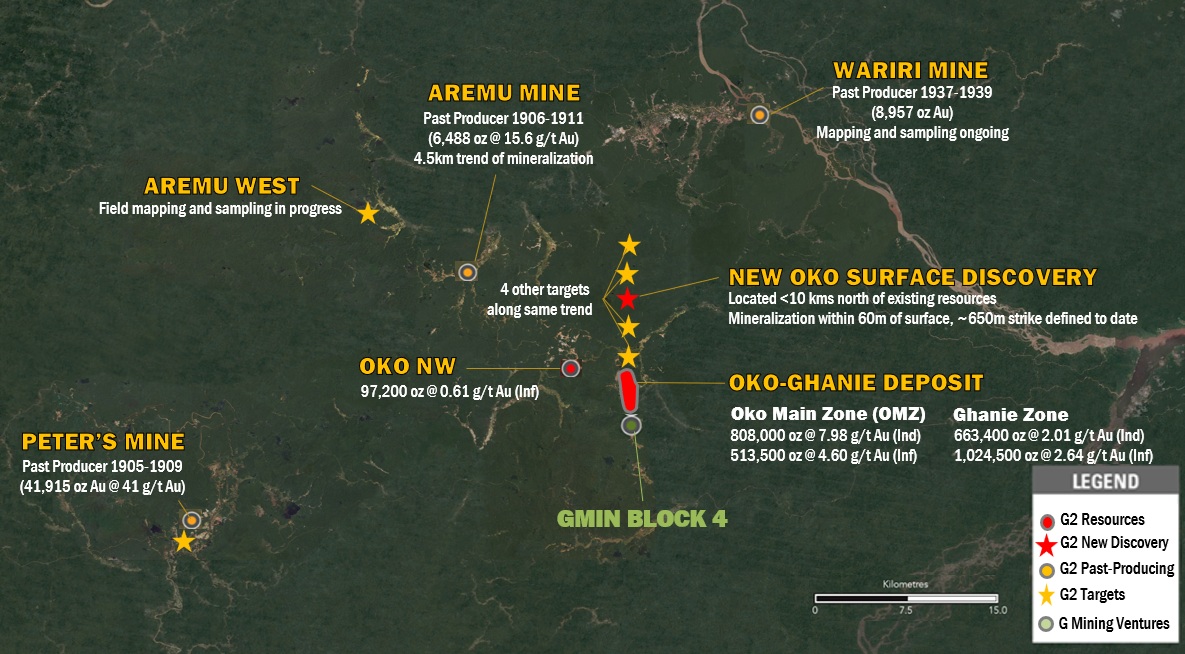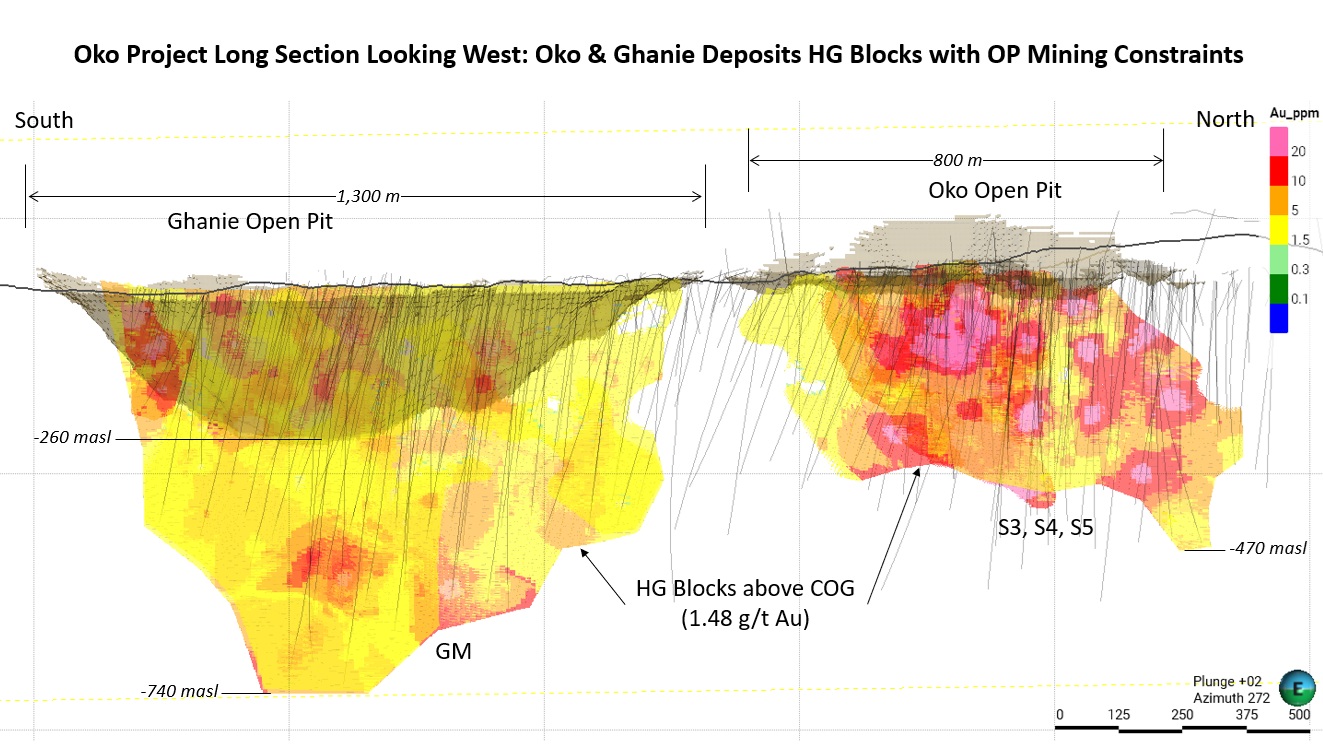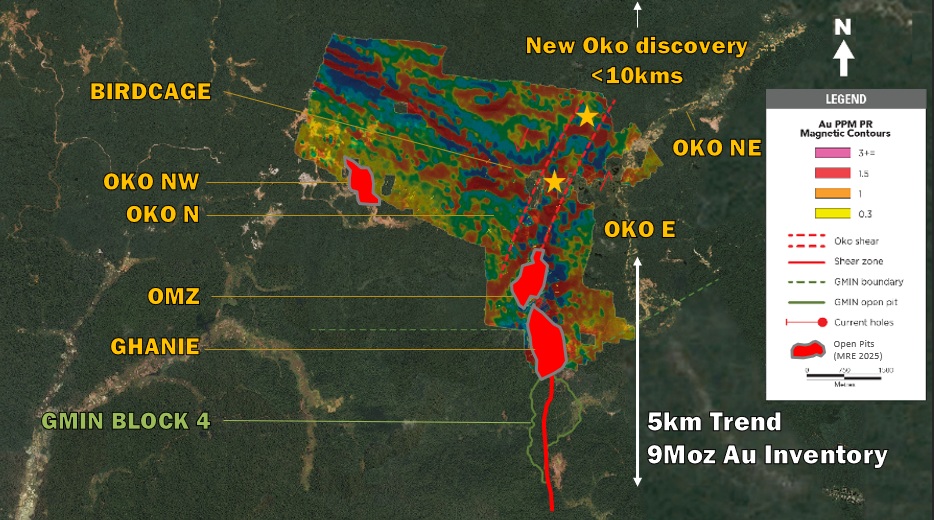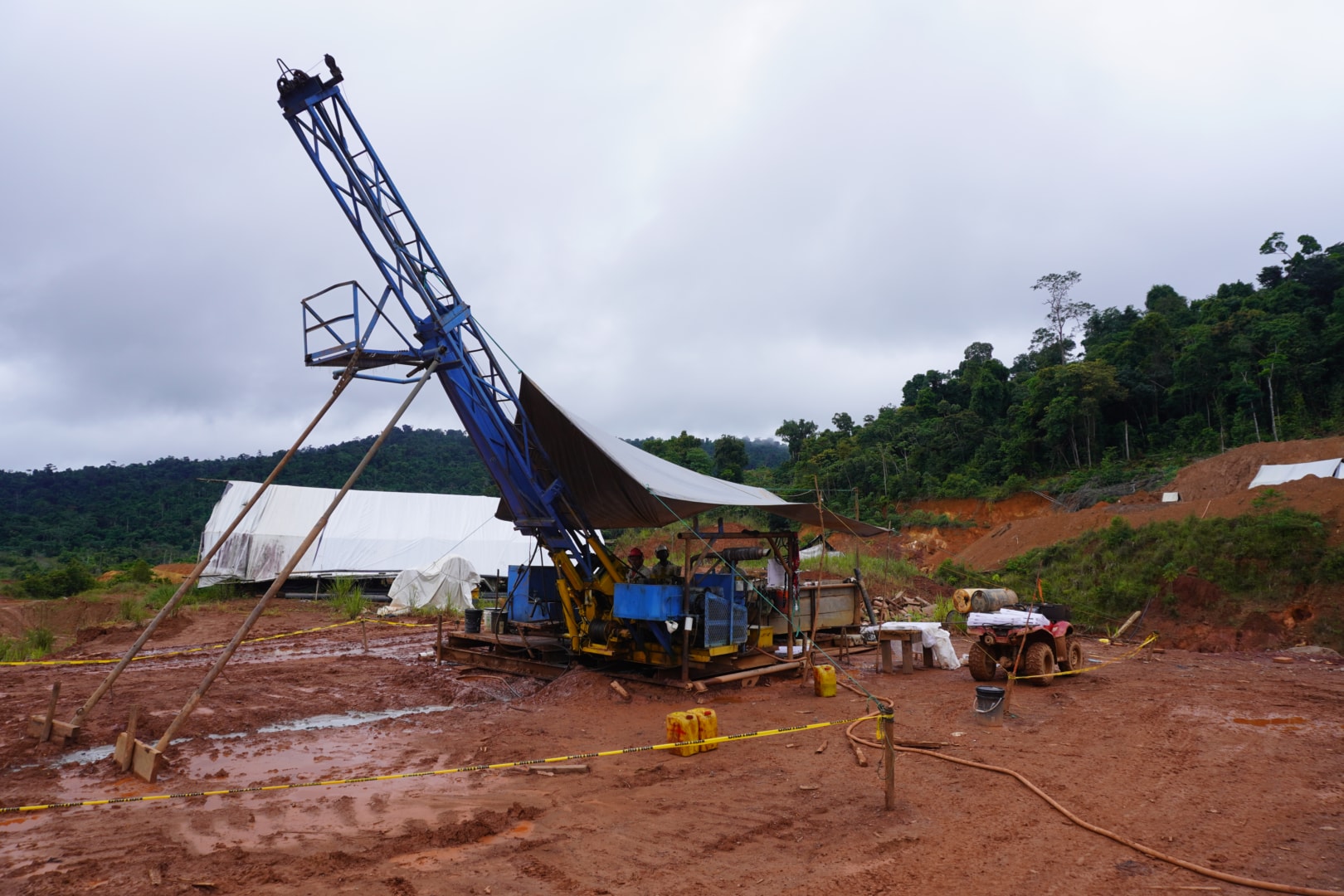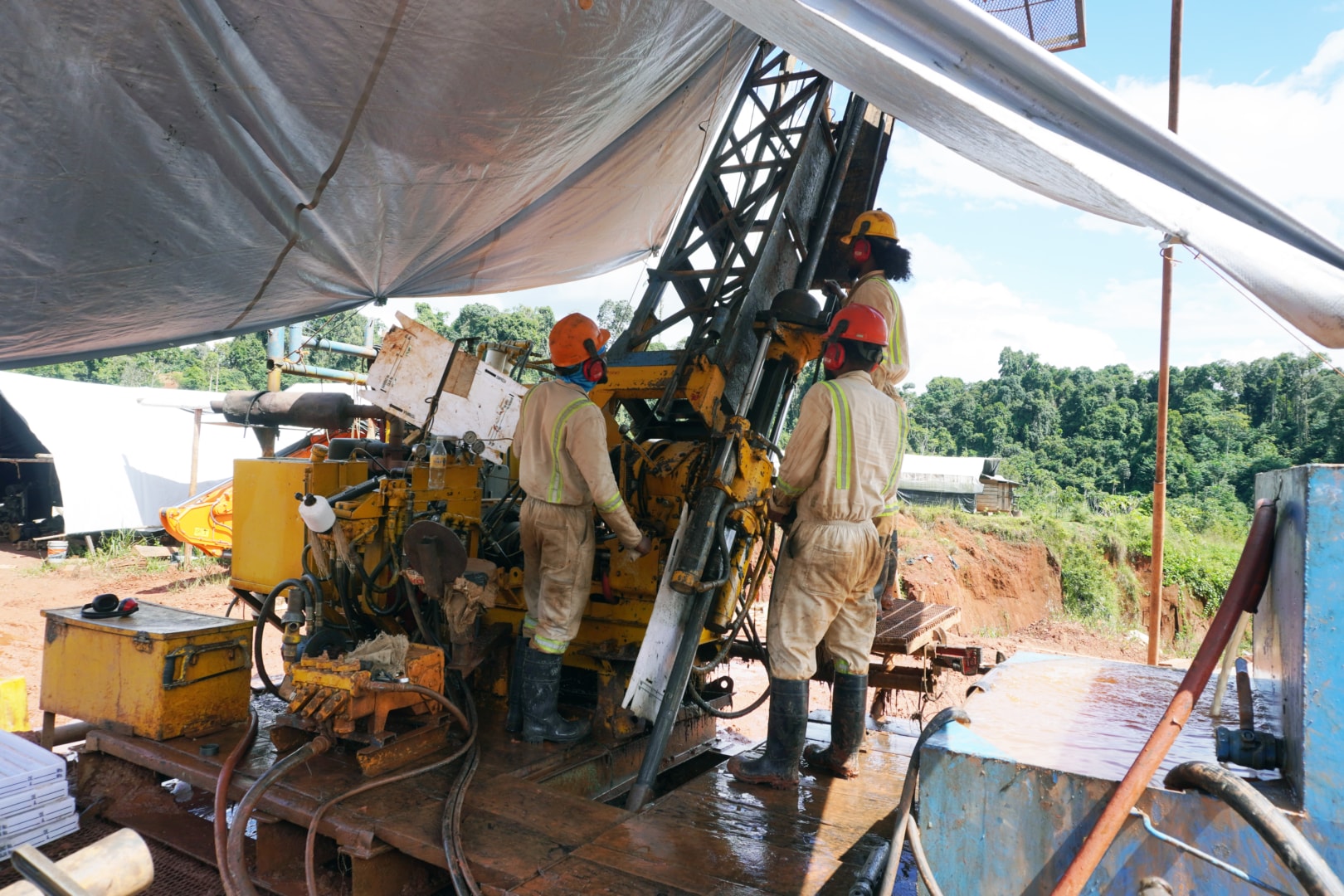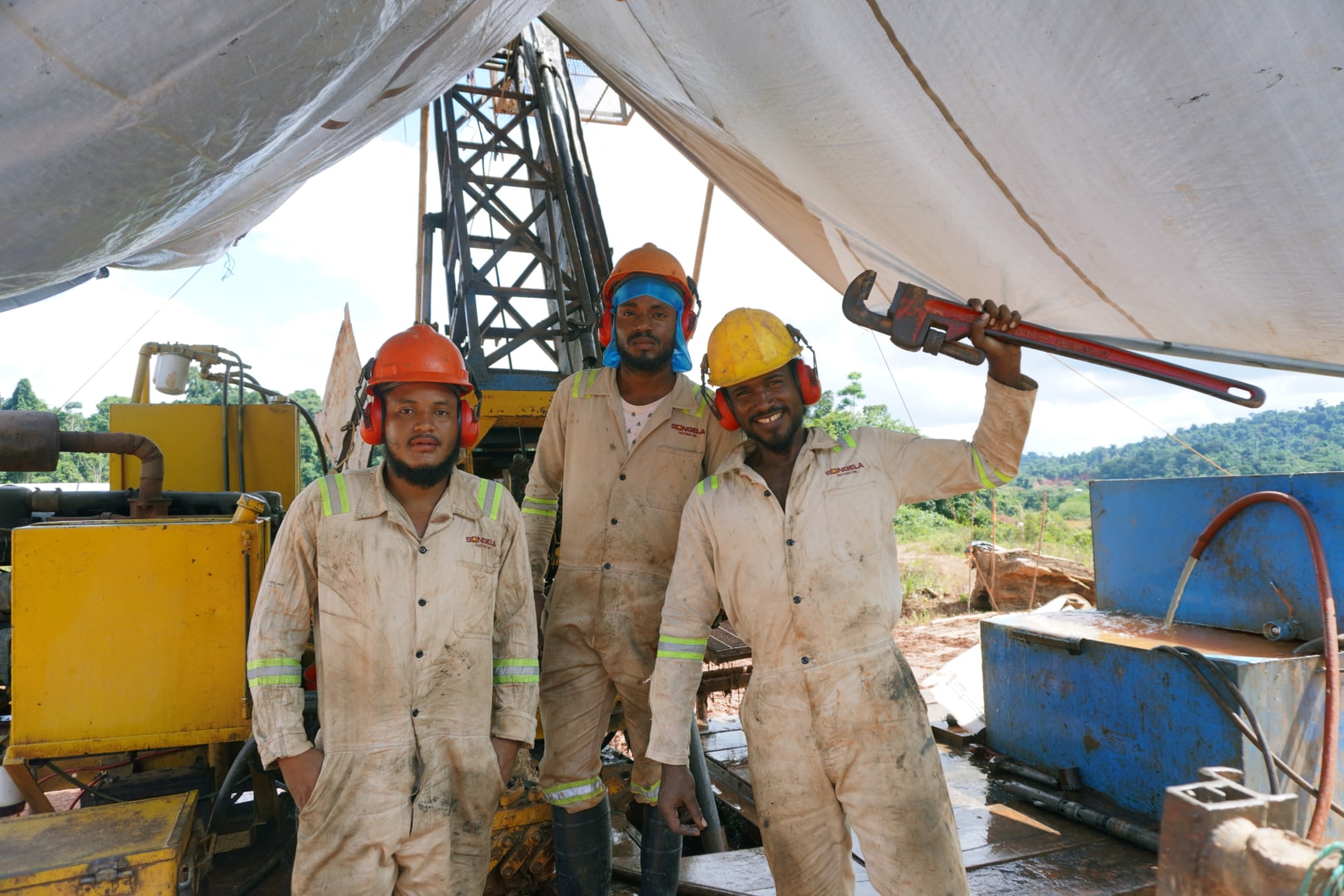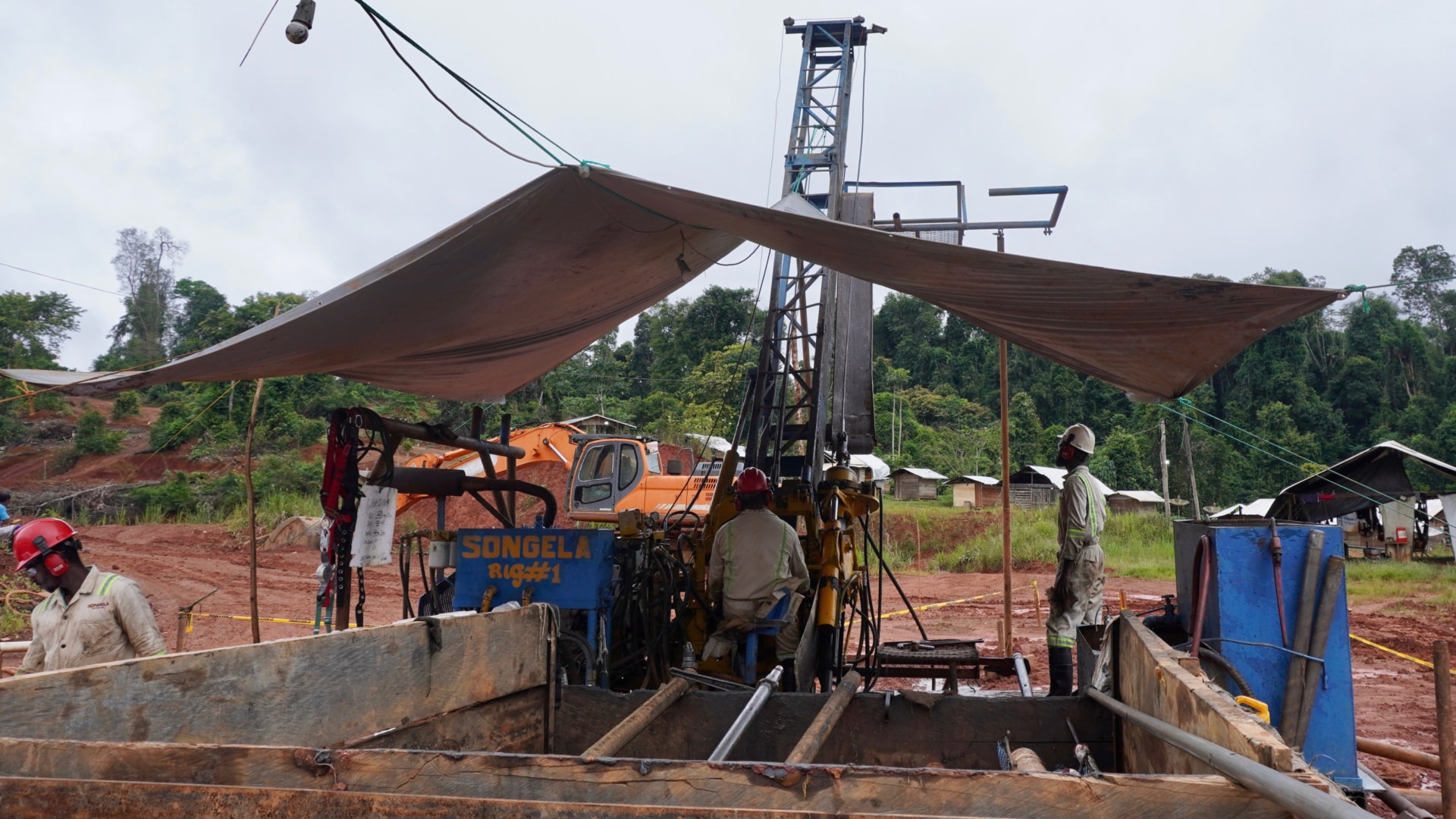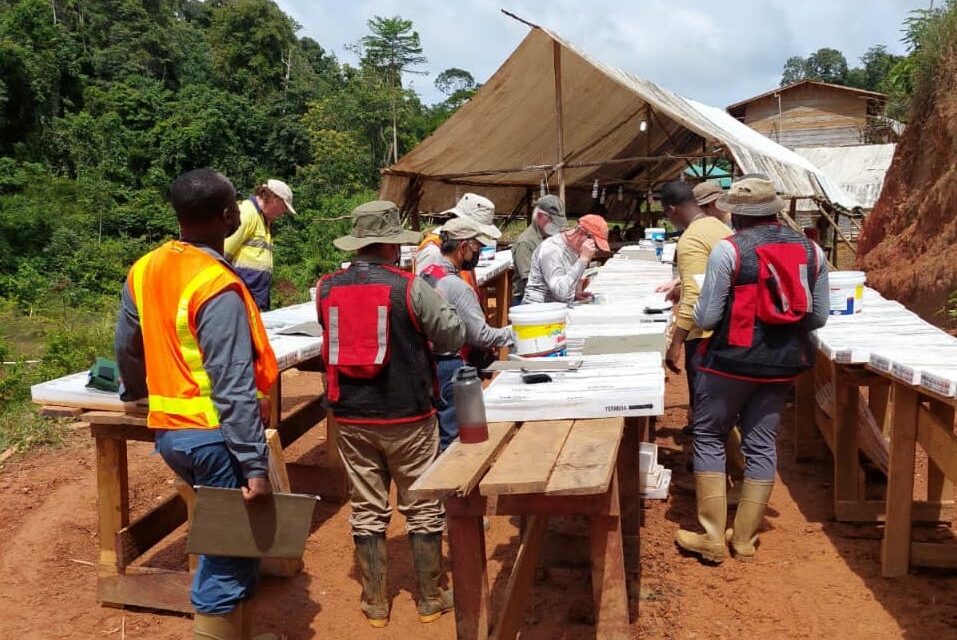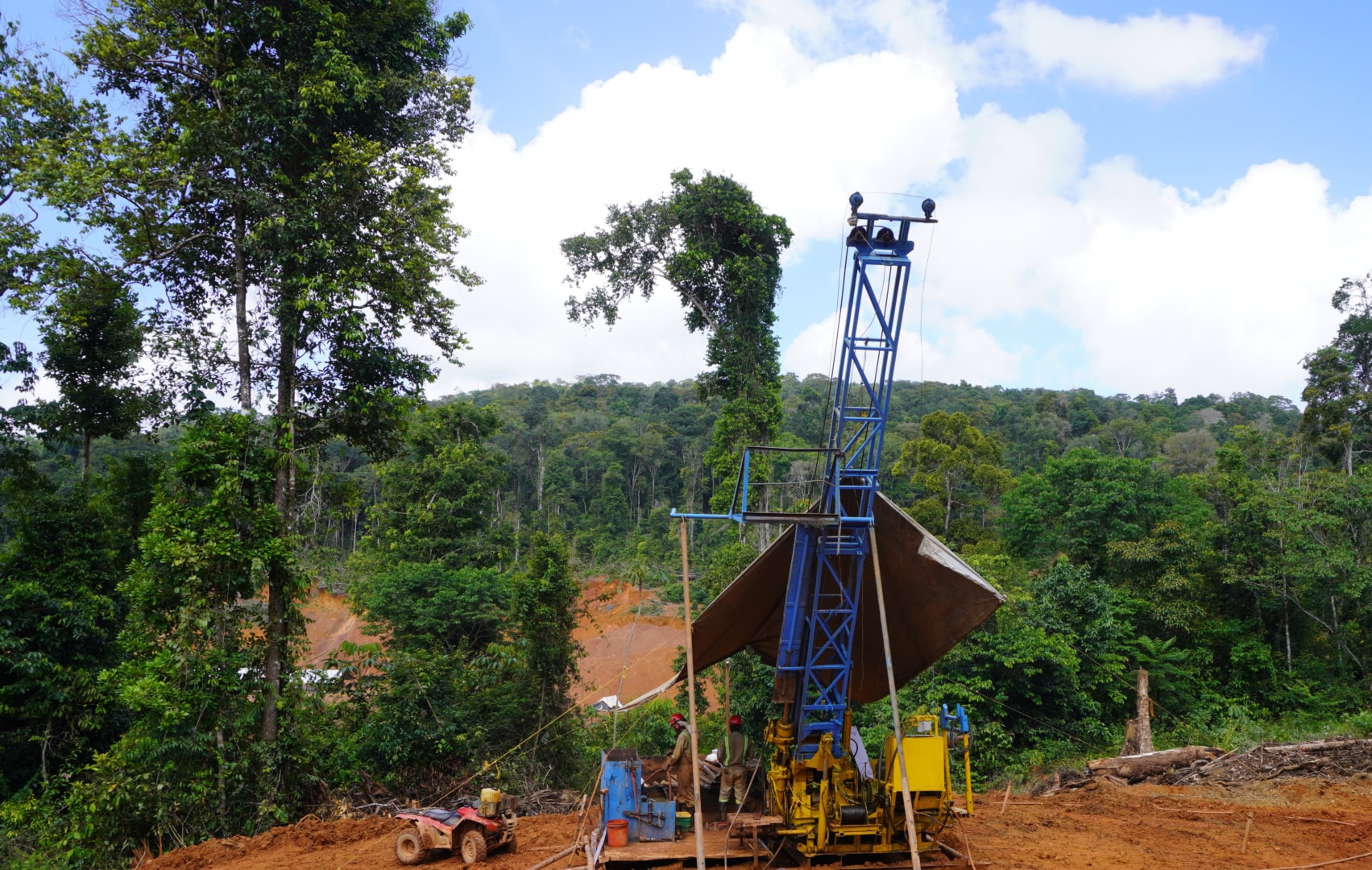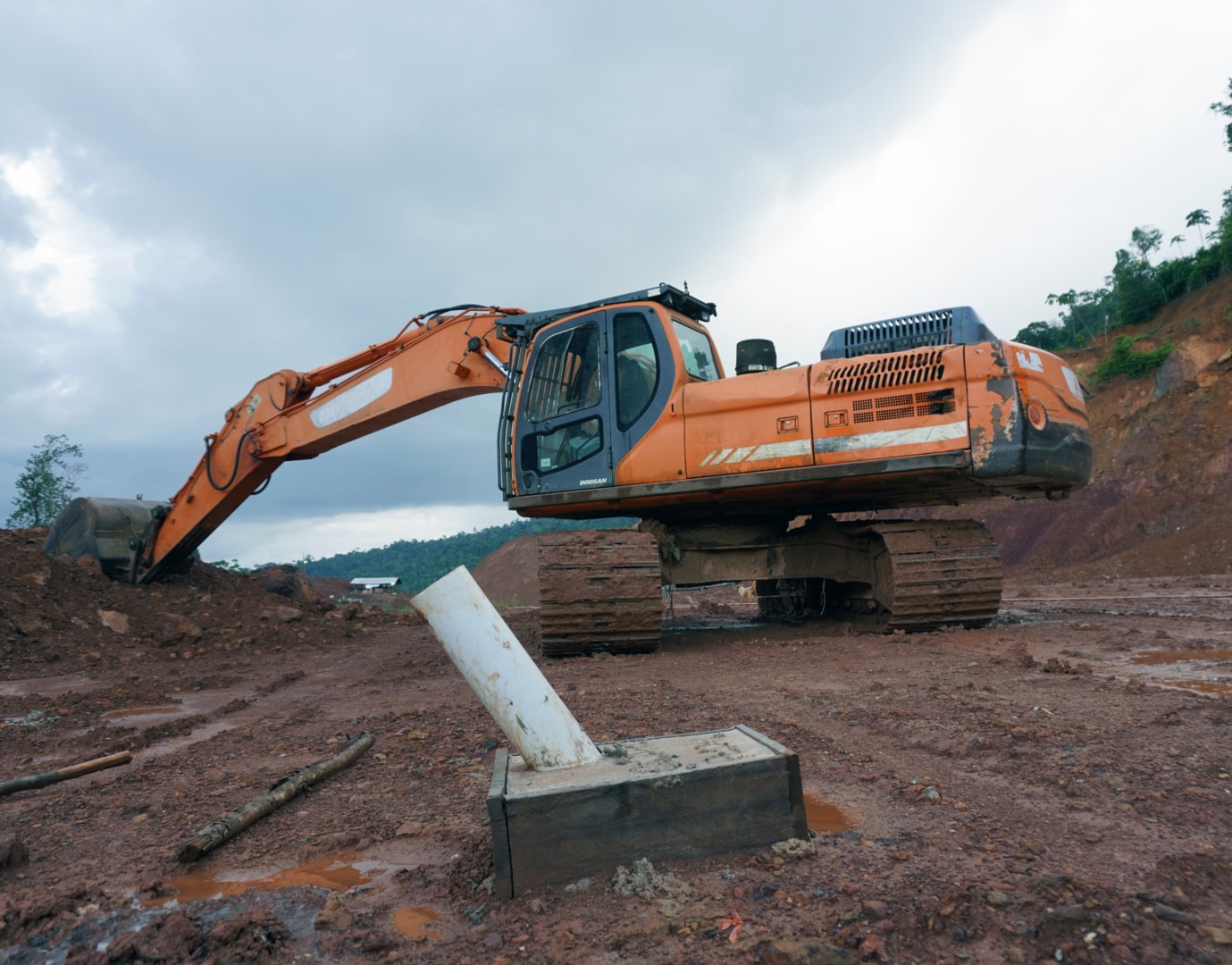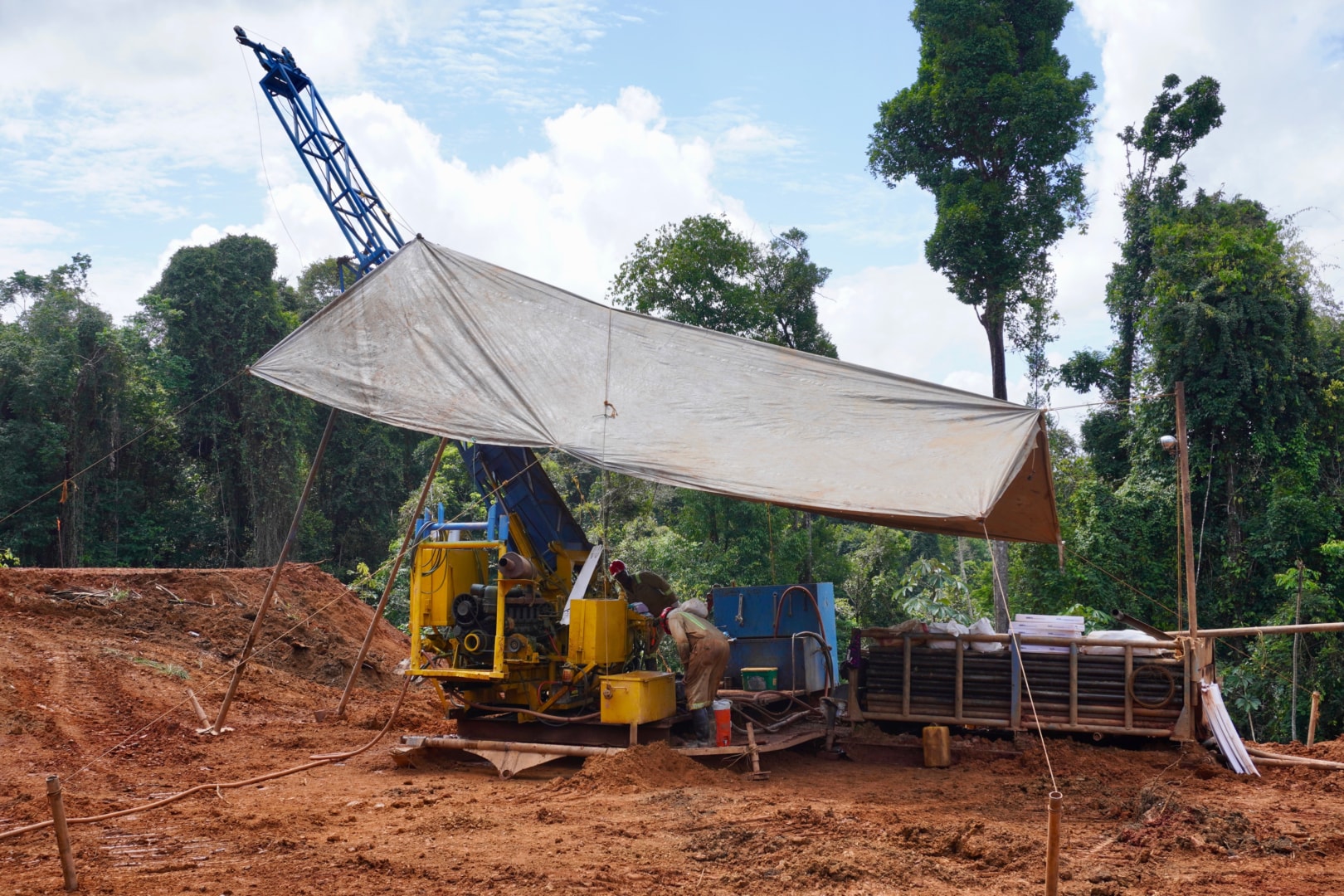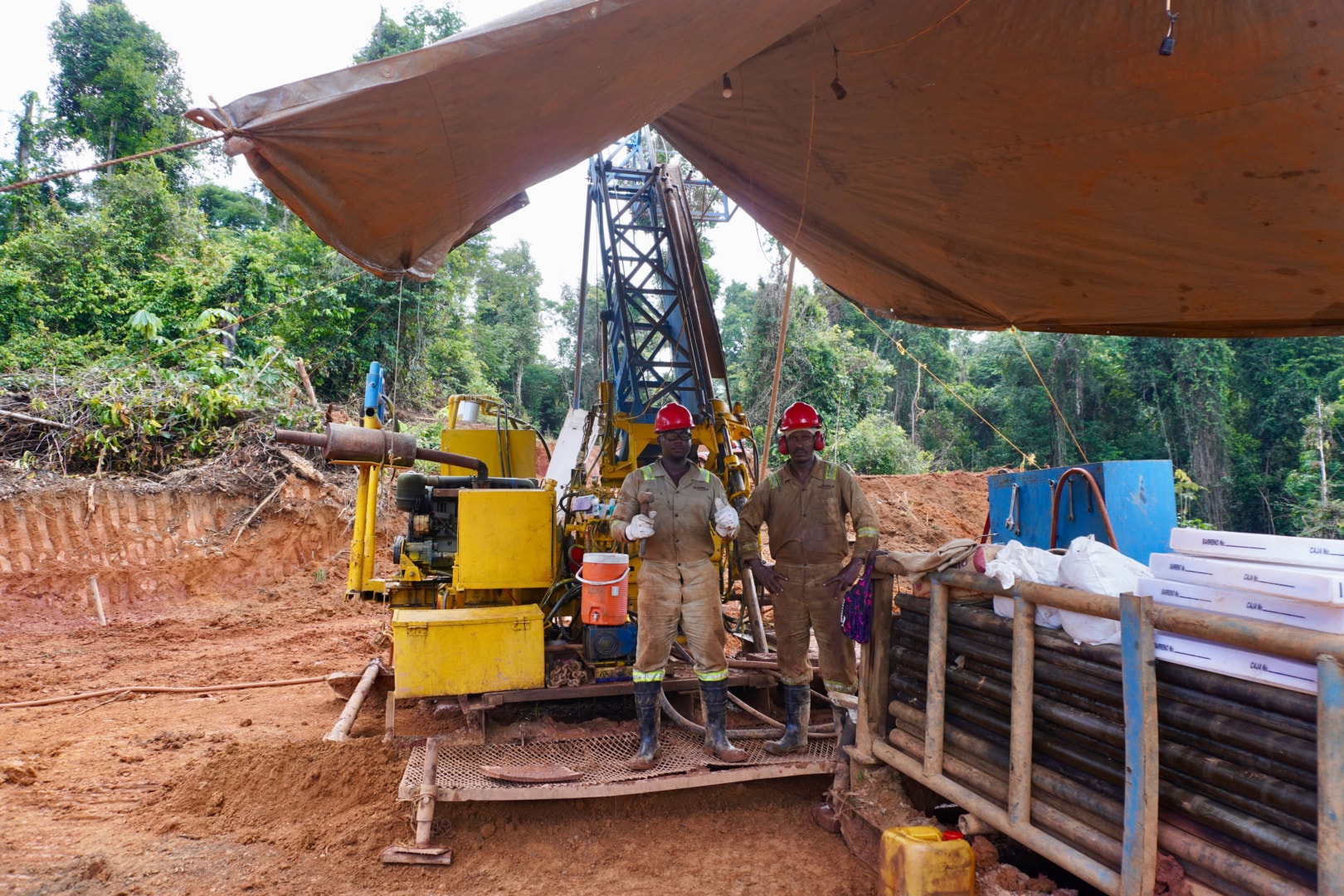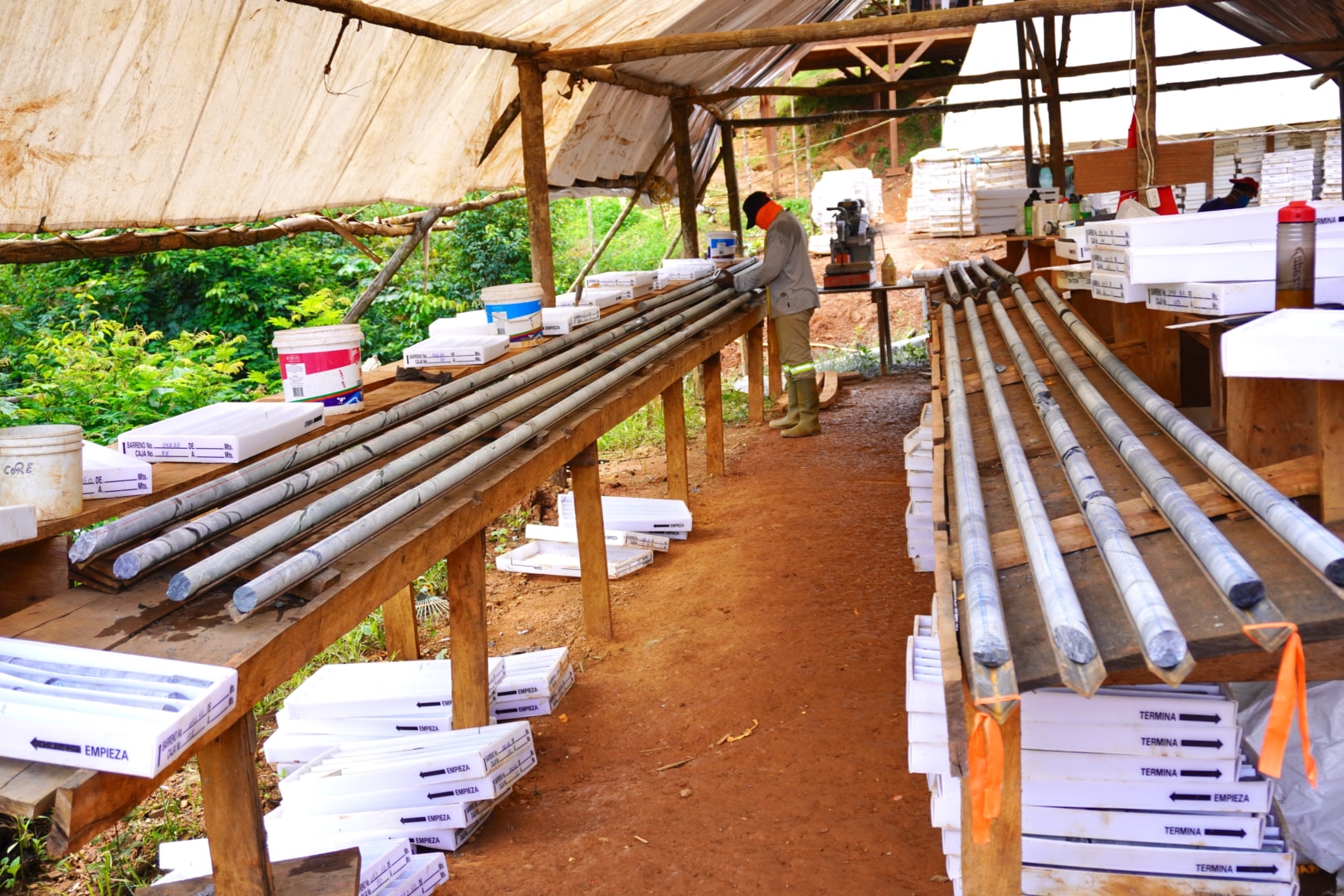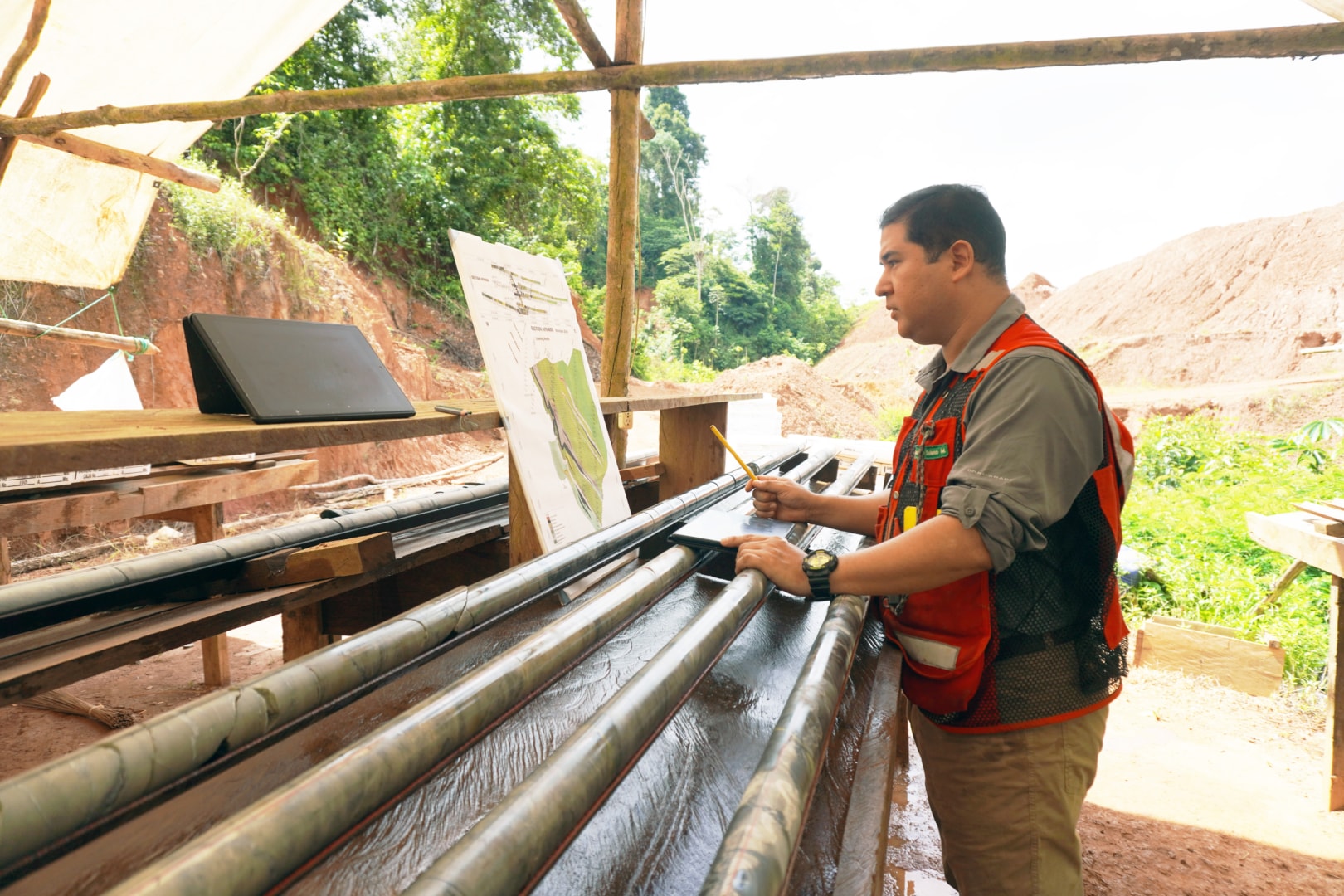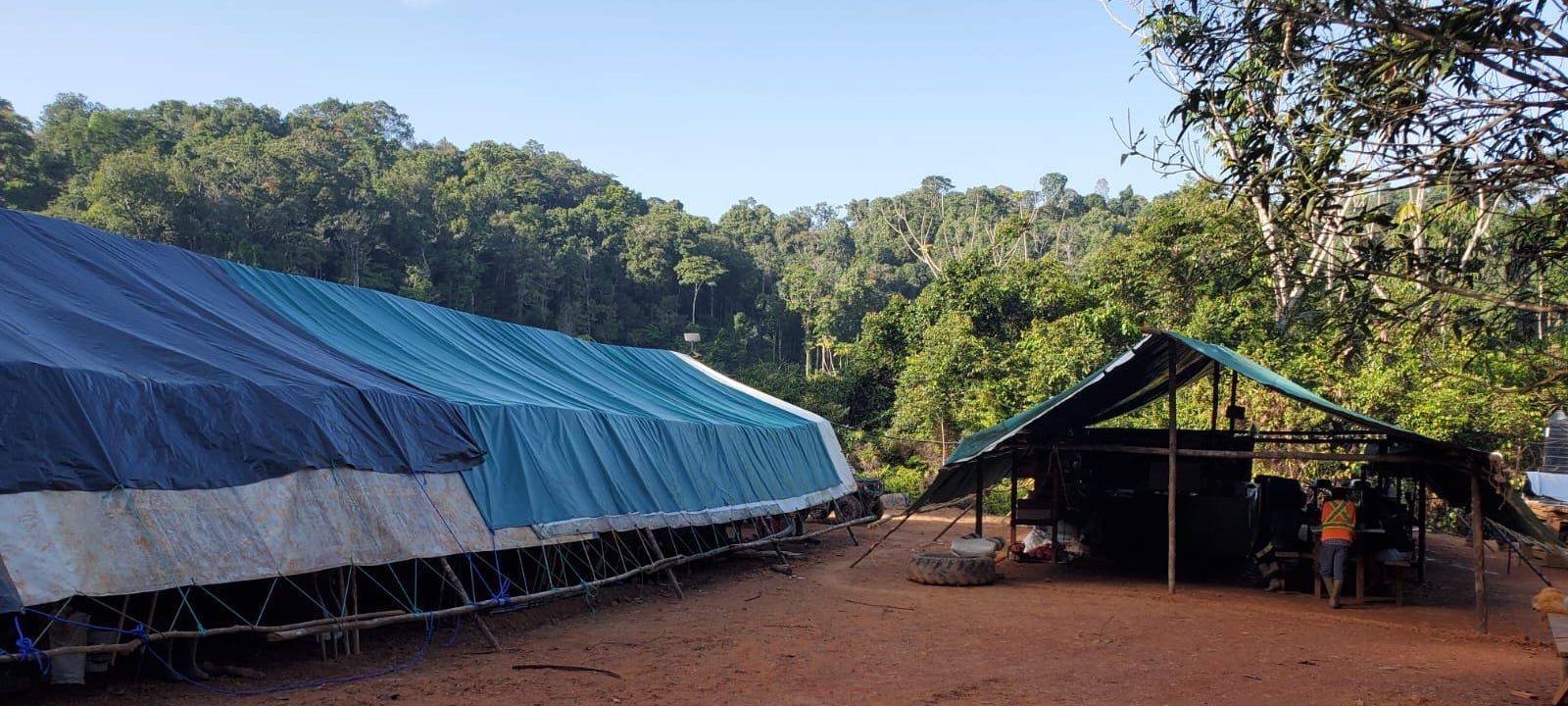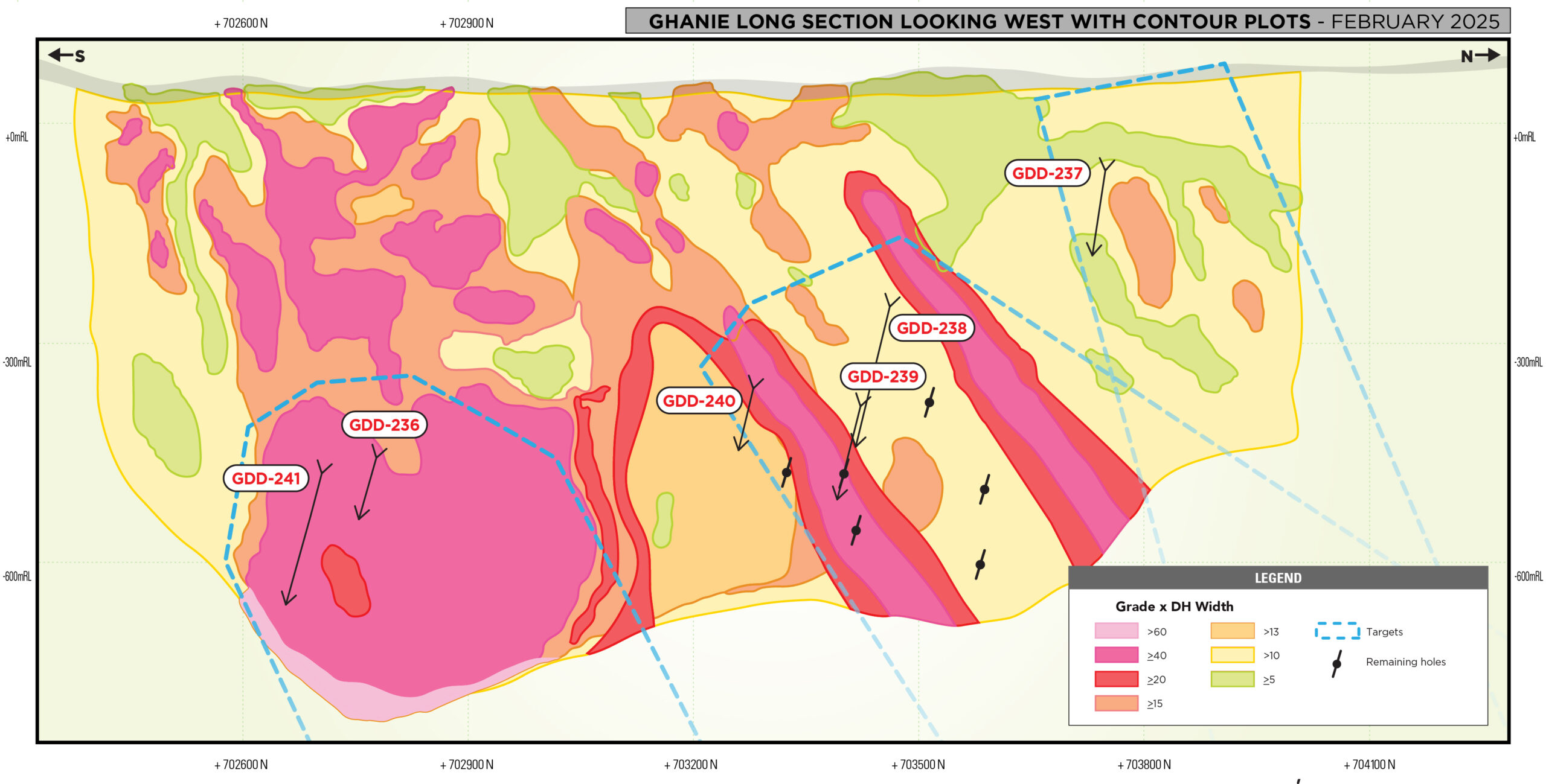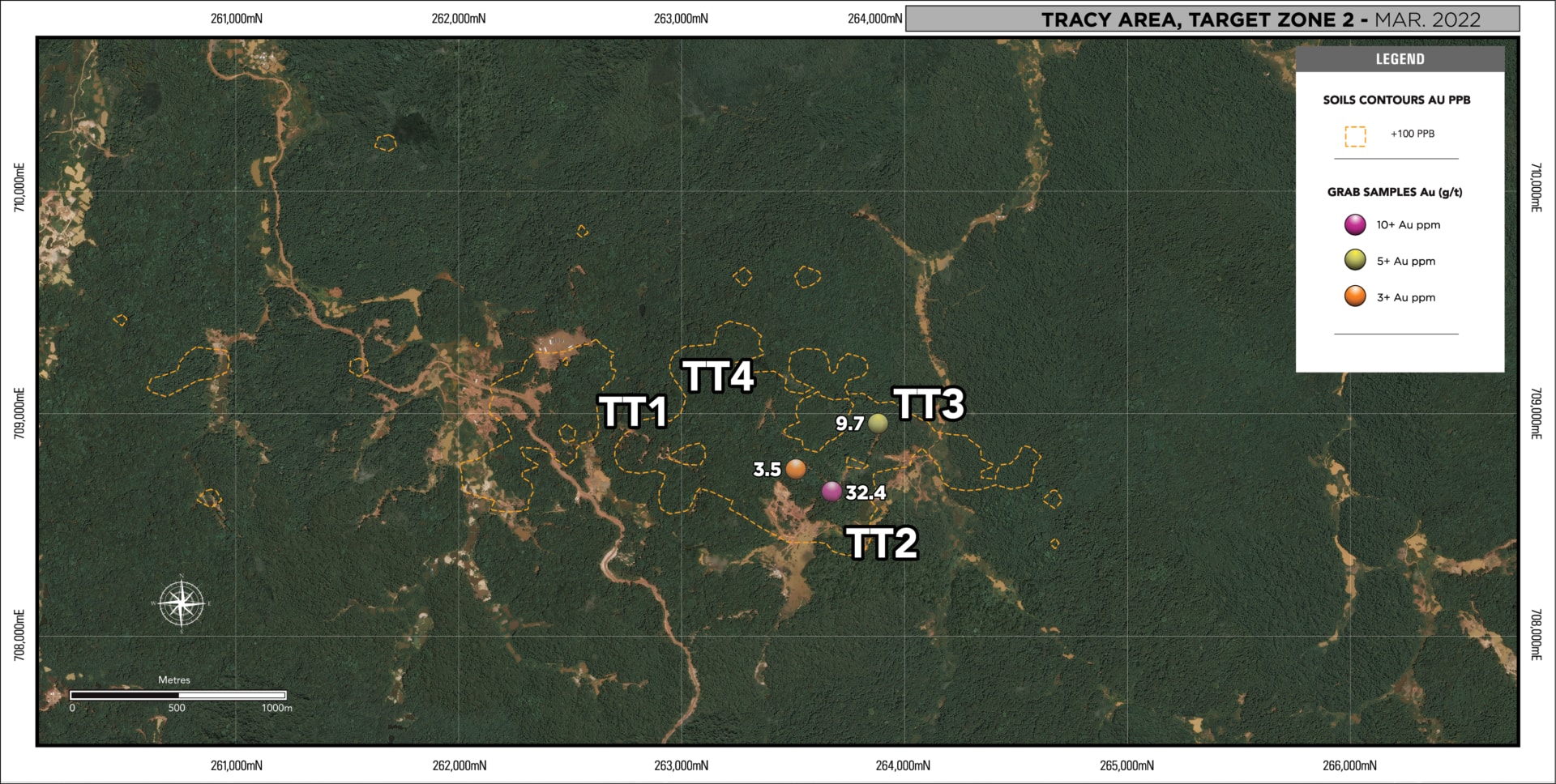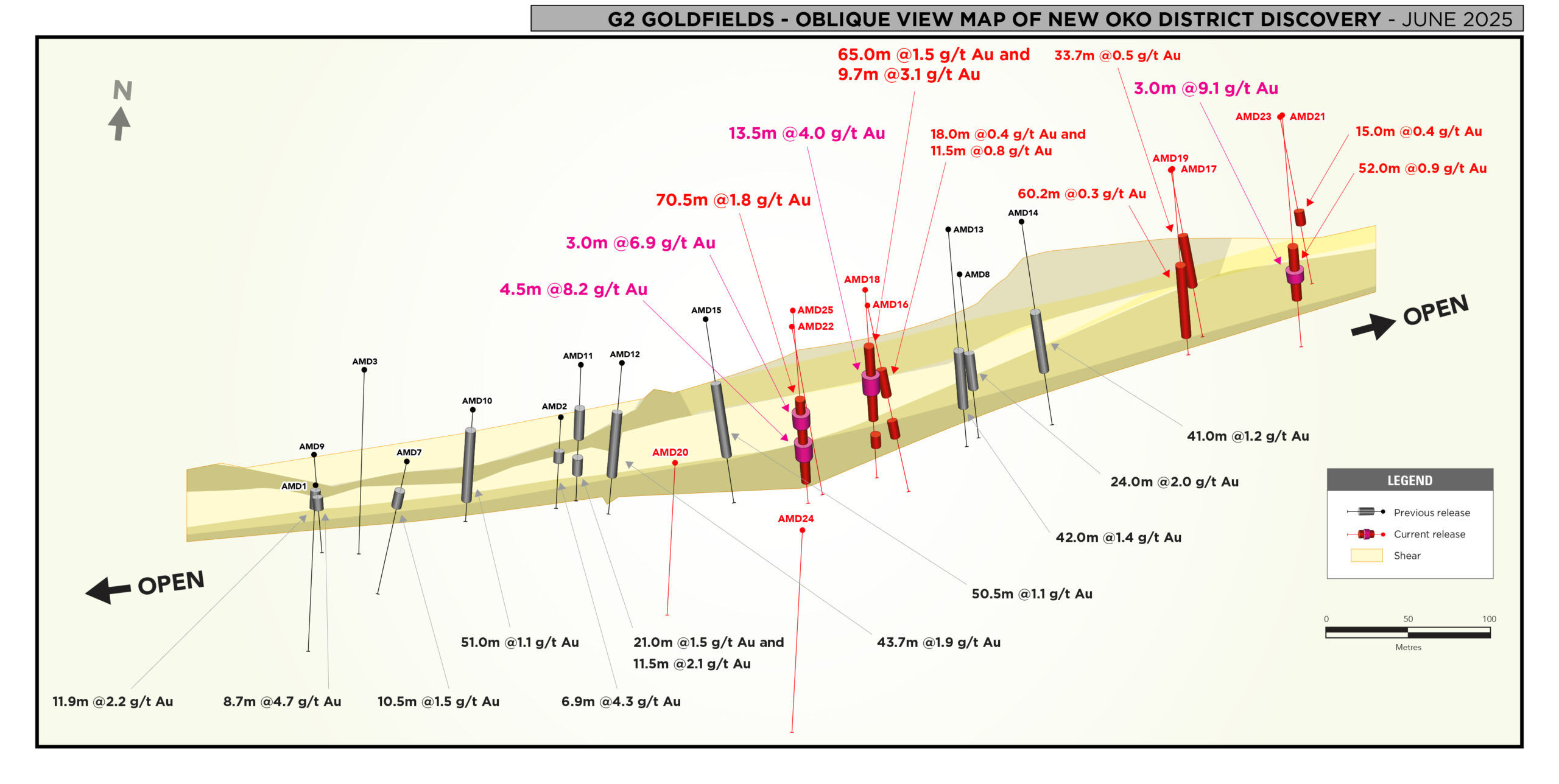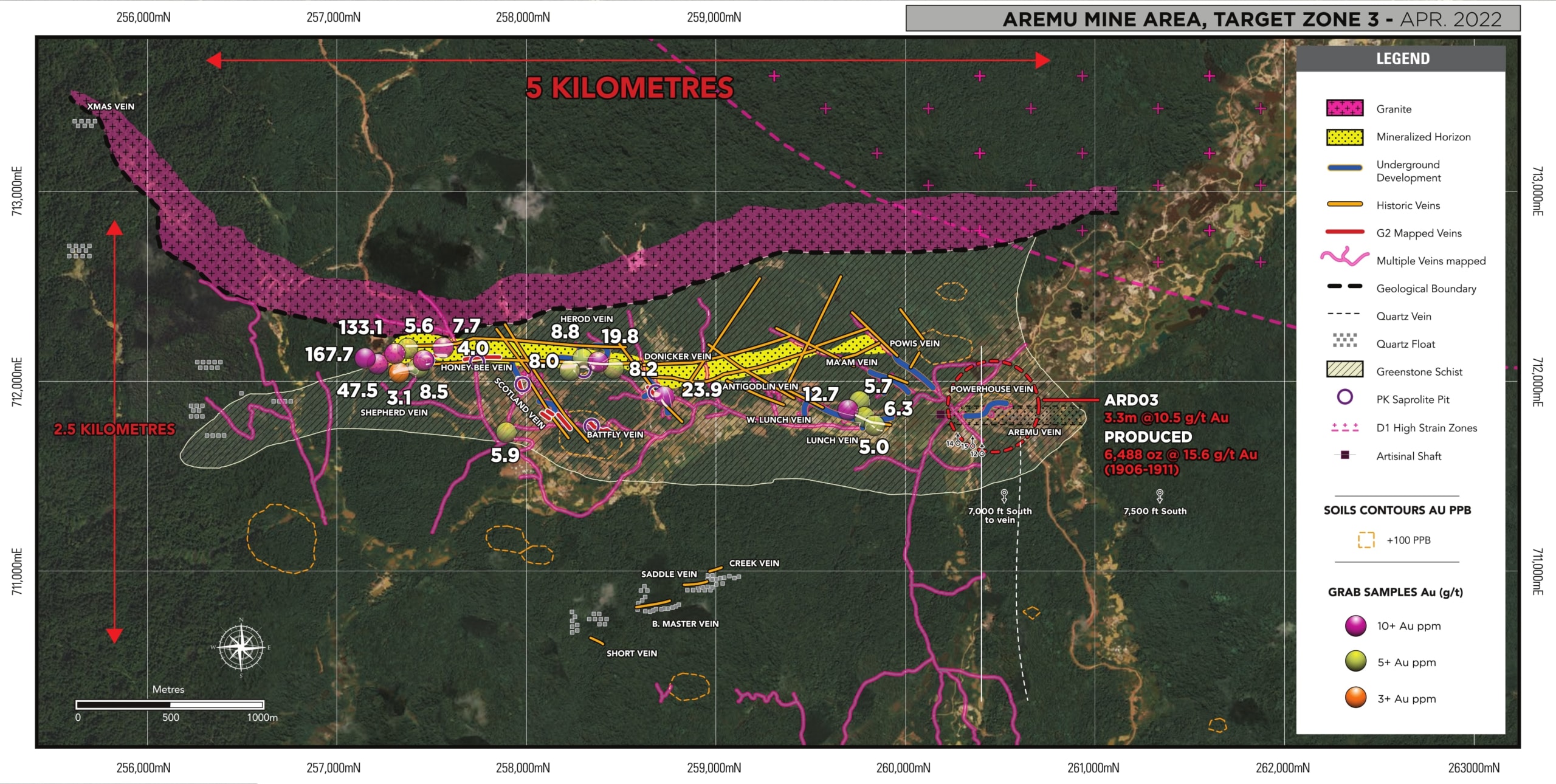Oko Aremu District
2025 Updated Mineral Resource Estimate
Total combined open pit and underground Resource for the Oko Main Zone (OMZ):
- 513,500 oz. Au – Inferred contained within 3,473,000 tonnes @ 4.60 g/t Au
- 808,000 oz. Au – Indicated contained within 3,147,000 tonnes @ 7.98 g/t Au
Total combined open pit and underground Resource for the Ghanie Zone:
- 1,024,500 oz. Au – Inferred contained within 12,062,000 tonnes @ 2.64 g/t Au
- 663,400 oz. Au – Indicated contained within 10,288,000 tonnes @ 2.01 g/t Au
Total open pit Resource for the Oko Northwest Zone (Oko NW):
- 97,200 oz. Au – Inferred contained within 4,976,000 tonnes @ 0.61 g/t Au
- Prepared to National Instrument 43-101 standards by Micon International
- Estimates gold content hosted by three primary shear zones (S3, S4, & S5)
- Resource remains open to depth and to the north along strike
- In parallel, drilling multiple targets across the Oko-Aremu District
OKO District
The Company’s flagship Oko-Ghanie project is located in the southeastern portion of the Cuyuni Mining District, approximately 120 km west-southwest of Guyana’s capital city, Georgetown, 60 km west of the town of Bartica, and directly north of G Mining’s Oko West Gold Project. The project is accessed by a combination of boat and truck, using rivers and logging roads, from the town of Bartica and the Itaballi crossing on the Mazaruni River.
G2 issued an updated mineral resource estimate of 1.5 million ounces of gold (Indicated) and 1.6 million ounces of gold (Inferred) at the Oko-Ghanie Project in March 2025. The bulk of the gold mineralization lies along a prominent 2.5 km long north-south structure comprised of the high-grade Oko Main Zone (“OMZ”) to the north and a bulk mineable, disseminated resource to the south, known as the Ghanie Gold Zone (“Ghanie”).
Within the OMZ resource are high-grade near surface zones (S3, S4, S5) that total 969,000 oz at an average grade of ~9 g/t. These zones are found 5-560 m from surface, reflecting the favorable vertical zonation of the deposit. These high-grade ounces will drive the future payback in the early years of the mine life.
With three discoveries to date (OMZ, Ghanie and Oko NW all within mineral resource categories), the district shows additional visible gold mineralization for +20km northeast of existing resources. Several multi-kilometer-long zones of gold mineralization have been delineated by soil sampling and mapping of historical and current artisanal mining operations for drilling programs. Despite a long history of production, the Oko property had never been previously drilled or subjected to a modern exploration program. The project is currently under multiple option agreements with local Guyanese mid-scale miners that entitle G2 Goldfields to conduct exploration activities and acquire a 100% interest in the project.
The Oko project area is located in the Cuyuni greenstone belt, which is part of the Baram-Mazaruni Supergroup (2,200-2,100 Ma) and the highly underexplored Guiana Shield. The property is host to high grade orogenic gold mineralization within the Cuyuni Basin Sediments and the underlying Barama volcanics. To date, mineralization is found within fold hinges, parallel shear zones, and breccias along lithological contacts within a sequence of metamorphosed carbonaceous sediments and volcanics.
NEW OKO SURFACE DISCOVERY
In March 2025, G2 made a significant new gold discovery located less than 10kms of existing gold resources at the Oko-Ghanie Project and along the same mineralized trend. Diamond drilling continues to define and expand this exciting new surface discovery and has established a strike length of ~650m with the auriferous zone remaining open to the southwest and northeast. Significantly, almost all of the mineralized intercepts to date lie within near surface, heavily oxidized zones. The Company has mobilized all resources to this exciting new target.
AREMU
Between 1906 and 1911, more than 20 auriferous veins were discovered within the Aremu Mine Area which produced approximately 6,488 oz Au during this period.
High-grade gold mineralization is located mainly in the brecciated quartz-carbonate veins with hematite staining and pyrite. Low-grade gold is hosted in black graphite schist with quartz veinlets and stringers. During the historical exploration, the following gold-bearing veins were identified: the Aremu, Donicker, Herod, Hillman, Powerhouse, Shepherd, as well as the Honeybee, Lunch, Maam and Powis veins.
G2 has been trenching and collecting numerous soil samples, grab samples, and channel samples along the previously mined open-pits. G2 followed up this program with an 18-hole drill campaign totalling 2,436 m that drill tested the historic Aremu, Donicker, Scotland, Powerhouse, and Lunch veins. Significant intervals include hole ARD-03 which was drilled beneath the historic Aremu open-pit and intersected 10.7 g/t Au over 3.4 m within a broader zone of 3.6g g/t Au over 13.5 m. The high-grade gold mineralization is hosted in quartz veins within a shear zone in carbonaceous shales in a northeast plunging fold closure.


